Home>Furniture & Design>Bathroom Accessories>How To Treat A Wound Without A First Aid Kit
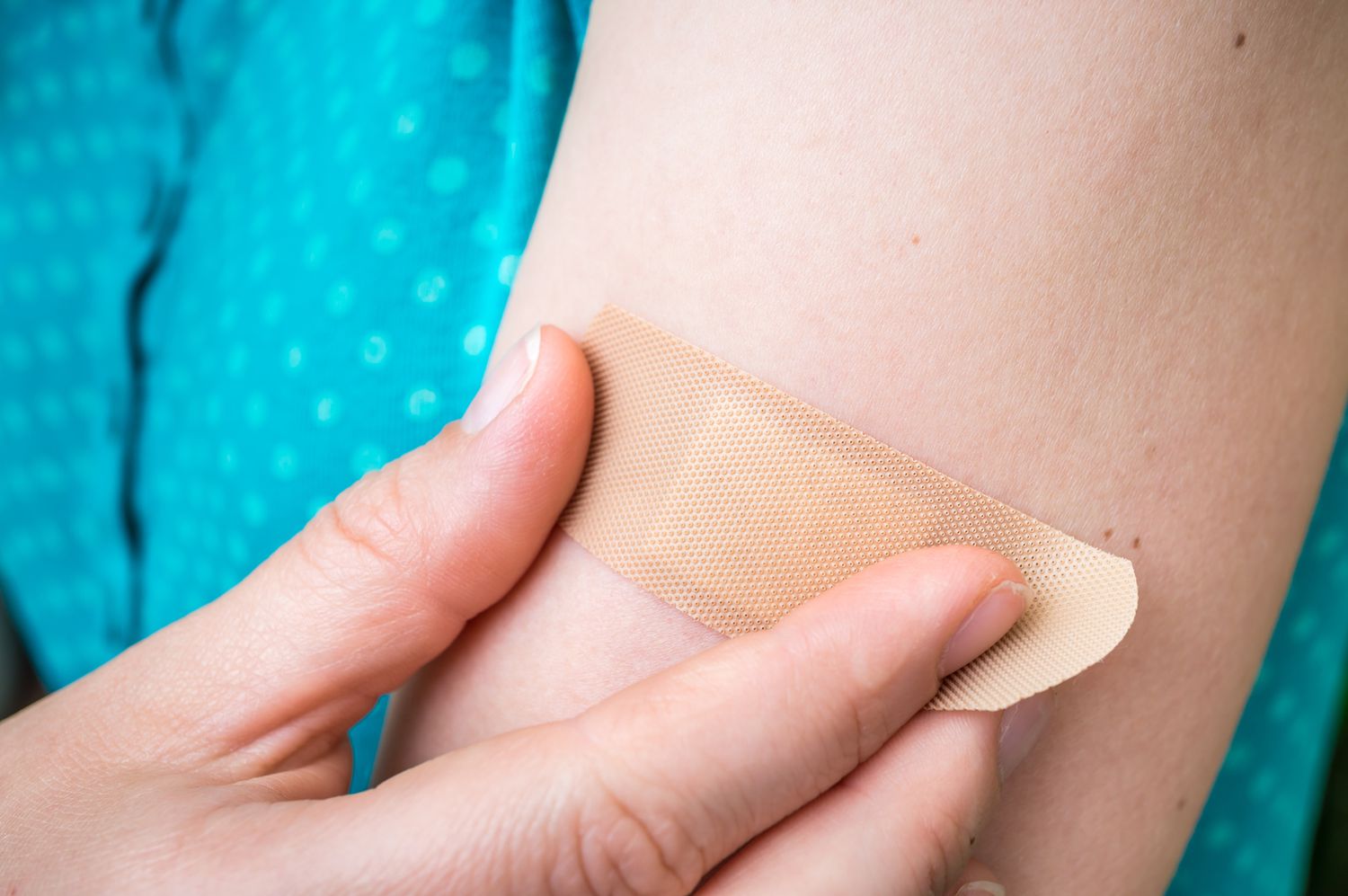

Bathroom Accessories
How To Treat A Wound Without A First Aid Kit
Published: February 10, 2024
Learn how to treat a wound using bathroom accessories with our expert tips. Discover effective first aid alternatives for unexpected injuries.
(Many of the links in this article redirect to a specific reviewed product. Your purchase of these products through affiliate links helps to generate commission for Storables.com, at no extra cost. Learn more)
Assessing the Wound
When faced with a wound and lacking a first aid kit, it's crucial to assess the injury to determine the appropriate course of action. Properly assessing the wound can help you understand the severity of the injury and decide on the best way to treat it. Here's how to go about it:
-
Location of the Wound: Start by identifying the location of the wound. Is it on a visible part of the body or in a more concealed area? Understanding the location will help you gauge the potential for infection and the level of care required.
-
Size and Depth: Assess the size and depth of the wound. Is it a small cut or a deep gash? Understanding the extent of the injury will guide you in determining the necessary steps to address it.
-
Bleeding: Evaluate the amount of bleeding. Is it a minor trickle or a heavy flow? Assessing the bleeding will help you decide if immediate measures to stop the bleeding are necessary.
-
Foreign Objects: Check for any foreign objects in the wound. It's essential to identify and remove any debris or foreign materials to prevent infection and aid in the healing process.
-
Pain and Discomfort: Take note of the level of pain and discomfort experienced by the individual with the wound. Understanding the pain level can provide insight into the severity of the injury.
-
Signs of Infection: Look for signs of infection, such as redness, warmth, swelling, or pus. Identifying these indicators early on can help in preventing the wound from worsening.
By carefully assessing the wound based on these factors, you can gain a clearer understanding of the injury and make informed decisions regarding the next steps in treating the wound effectively.
Key Takeaways:
- Assessing the Wound
When treating a wound without a first aid kit, assess its location, size, bleeding, foreign objects, pain, signs of infection. This helps determine the best treatment approach. - Using Natural Remedies
In the absence of traditional antiseptics, natural remedies like honey, aloe vera, tea tree oil, garlic, and turmeric can disinfect and promote healing in wounds.
Cleaning the Wound
Cleaning a wound is a critical step in the treatment process, as it helps remove dirt, bacteria, and debris that may lead to infection. When a first aid kit is not readily available, it's essential to improvise and utilize alternative methods to clean the wound effectively. Here's how to clean a wound without a first aid kit:
-
Gather Clean Water: If clean water is accessible, use it to rinse the wound thoroughly. Running water is preferable, as it helps flush out impurities. If running water is not available, any clean water source can be used, such as bottled water or water from a nearby stream.
-
Use Mild Soap: In the absence of antiseptic solutions, a mild soap can be used to cleanse the wound. Gently lather the soap around the wound to help remove dirt and bacteria. Be cautious not to use harsh or scented soaps, as they may cause irritation.
-
Irrigate the Wound: If the wound is visibly dirty, irrigation is crucial. This can be achieved by pouring clean water over the wound to dislodge any remaining debris. Use a makeshift tool, such as a clean cloth or bandana, to direct the water flow and ensure thorough cleansing.
-
Pat the Area Dry: After cleaning the wound, carefully pat the surrounding skin dry with a clean cloth or gauze. Avoid using materials that may leave behind fibers or residue. Ensuring the area is dry helps create an environment less conducive to bacterial growth.
-
Inspect for Remaining Debris: Once the wound is cleaned and dried, inspect it for any remaining debris or foreign particles. Use a magnifying glass, if available, to ensure that the wound is free of any contaminants.
By following these steps, you can effectively clean a wound without a first aid kit, reducing the risk of infection and promoting the healing process. It's important to remember that while improvising with alternative cleaning methods, maintaining cleanliness and minimizing further contamination are key priorities in wound care.
Applying Pressure to Stop Bleeding
When faced with a bleeding wound and lacking a first aid kit, applying pressure is a crucial step in managing the bleeding and preventing further blood loss. Here's how to effectively apply pressure to stop bleeding without the use of specialized medical supplies:
-
Direct Pressure: Begin by applying direct pressure to the wound using a clean cloth, gauze, or any available fabric. Place the material directly over the wound and apply firm pressure with your hand. If the cloth becomes soaked with blood, do not remove it; instead, add more material on top and continue applying pressure.
-
Elevation: If possible, elevate the injured area above the level of the heart. This can help reduce blood flow to the wound and aid in slowing down the bleeding. For instance, if the wound is on the arm or leg, raise the limb and maintain the elevated position while applying pressure.
-
Maintain Pressure: It's essential to maintain consistent pressure on the wound to facilitate clotting and minimize blood loss. Even if the bleeding appears to have stopped, continue applying pressure for at least 5-10 minutes to ensure that the clot has formed and the bleeding has ceased.
-
Reassess the Wound: After applying pressure for the recommended duration, carefully reassess the wound to determine if the bleeding has subsided. If the bleeding continues, reapply pressure and continue to monitor the situation closely.
-
Seek Medical Attention: While applying pressure can effectively control minor to moderate bleeding, it's important to seek medical attention if the bleeding is severe or does not stop despite applying pressure. Additionally, if the wound is deep or shows signs of infection, professional medical care is necessary to prevent complications.
By following these steps and applying pressure effectively, you can manage bleeding in the absence of a first aid kit. Remember that maintaining steady pressure and seeking medical help when needed are vital aspects of managing bleeding injuries without specialized medical supplies.
Using Natural Remedies as Antiseptics
In situations where a traditional antiseptic is unavailable, turning to natural remedies can provide valuable alternatives for disinfecting and promoting healing in wounds. These remedies, often readily available in nature or commonly found in households, possess inherent antiseptic properties that can aid in preventing infection and supporting the recovery process. Here are several natural remedies that can be utilized as antiseptics when treating wounds without a first aid kit:
1. Honey
Honey has been recognized for its antimicrobial properties for centuries. Its high sugar content, low water content, and natural acidity create an environment unsuitable for bacterial growth. Applying a thin layer of honey to a clean wound can help inhibit the growth of bacteria and promote healing.
Read more: What’s In A First Aid Kit
2. Aloe Vera
Aloe vera is renowned for its soothing and healing properties. The gel extracted from aloe vera leaves contains compounds that exhibit antibacterial and antifungal effects. Applying aloe vera gel to a wound can help reduce the risk of infection and accelerate the healing process.
3. Tea Tree Oil
Tea tree oil is a potent natural antiseptic with broad-spectrum antimicrobial properties. It contains compounds such as terpinen-4-ol that have been shown to effectively combat bacteria, fungi, and viruses. Diluting tea tree oil with a carrier oil and applying it to the wound can help prevent infection and promote wound healing.
4. Garlic
Garlic possesses natural antibacterial and antiseptic properties due to the presence of allicin, a sulfur-containing compound with potent antimicrobial effects. Crushing a garlic clove and applying the juice to the wound can help deter bacterial growth and support the body's natural healing processes.
5. Turmeric
Turmeric contains curcumin, a compound known for its anti-inflammatory, antioxidant, and antimicrobial properties. Creating a paste by mixing turmeric powder with water and applying it to the wound can help reduce the risk of infection and facilitate the healing of minor cuts and abrasions.
When utilizing natural remedies as antiseptics, it is important to ensure that the chosen remedy is suitable for the specific type of wound and that the individual does not have any allergies or sensitivities to the natural substance. While these natural remedies can serve as effective antiseptics, seeking professional medical attention remains crucial for wounds that are deep, heavily contaminated, or show signs of severe infection.
By harnessing the inherent antiseptic properties of these natural remedies, individuals can effectively disinfect and promote healing in wounds when conventional antiseptics are not readily available. Integrating these natural alternatives into wound care practices can offer valuable solutions in situations where access to traditional medical supplies is limited.
Read more: How To Organize A First Aid Kit
Dressing the Wound with Available Materials
When it comes to dressing a wound without a first aid kit, resourcefulness and improvisation play a crucial role in providing adequate protection and promoting the healing process. While traditional medical dressings may not be accessible, utilizing available materials effectively can help create a makeshift dressing that safeguards the wound from external contaminants and supports the body's natural healing mechanisms.
1. Clean Cloth or Clothing
In the absence of sterile gauze or bandages, clean cloth or items of clothing can serve as viable alternatives for dressing a wound. Look for pieces of fabric that are free from dirt, debris, and loose fibers. T-shirts, handkerchiefs, or scarves can be used to cover and protect the wound. Prioritize materials that are soft, absorbent, and large enough to provide adequate coverage.
2. Secure Fastening
Securing the makeshift dressing in place is essential to prevent it from shifting or coming loose. Utilize strips of clean cloth, shoelaces, or even torn clothing to fasten the dressing securely over the wound. Tie the fastening material with care, ensuring that it is snug enough to hold the dressing in place without causing discomfort or restricting blood flow.
3. Padding for Protection
If the wound is located in an area prone to movement or friction, such as joints or the torso, incorporating padding into the dressing can offer added protection. Folded or rolled cloth can be strategically placed around the wound to cushion and shield it from external pressure. This padding helps minimize the risk of further injury and promotes a conducive environment for healing.
Read more: What Is Inside A First Aid Kit
4. Regular Monitoring and Adjustment
After applying the makeshift dressing, it is important to monitor the wound regularly for any signs of bleeding, swelling, or infection. Adjust the dressing as needed to ensure that it remains clean, dry, and securely in place. If the dressing becomes soiled or damp, replace it with a fresh one using available materials.
5. Seek Professional Care
While improvising with available materials can provide temporary support for wound dressing, seeking professional medical care remains imperative, especially for deep or severe injuries. Healthcare professionals can assess the wound, provide proper cleaning and dressing, and offer guidance on further treatment to facilitate optimal healing and reduce the risk of complications.
By creatively utilizing available materials and implementing makeshift dressing techniques, individuals can effectively protect and manage wounds in the absence of conventional medical supplies. Prioritizing cleanliness, proper fastening, and regular monitoring can contribute to creating a conducive environment for the wound to heal naturally. Additionally, seeking professional medical attention when accessible is essential to ensure comprehensive care and support for the healing process.
Frequently Asked Questions about How To Treat A Wound Without A First Aid Kit
Was this page helpful?
At Storables.com, we guarantee accurate and reliable information. Our content, validated by Expert Board Contributors, is crafted following stringent Editorial Policies. We're committed to providing you with well-researched, expert-backed insights for all your informational needs.
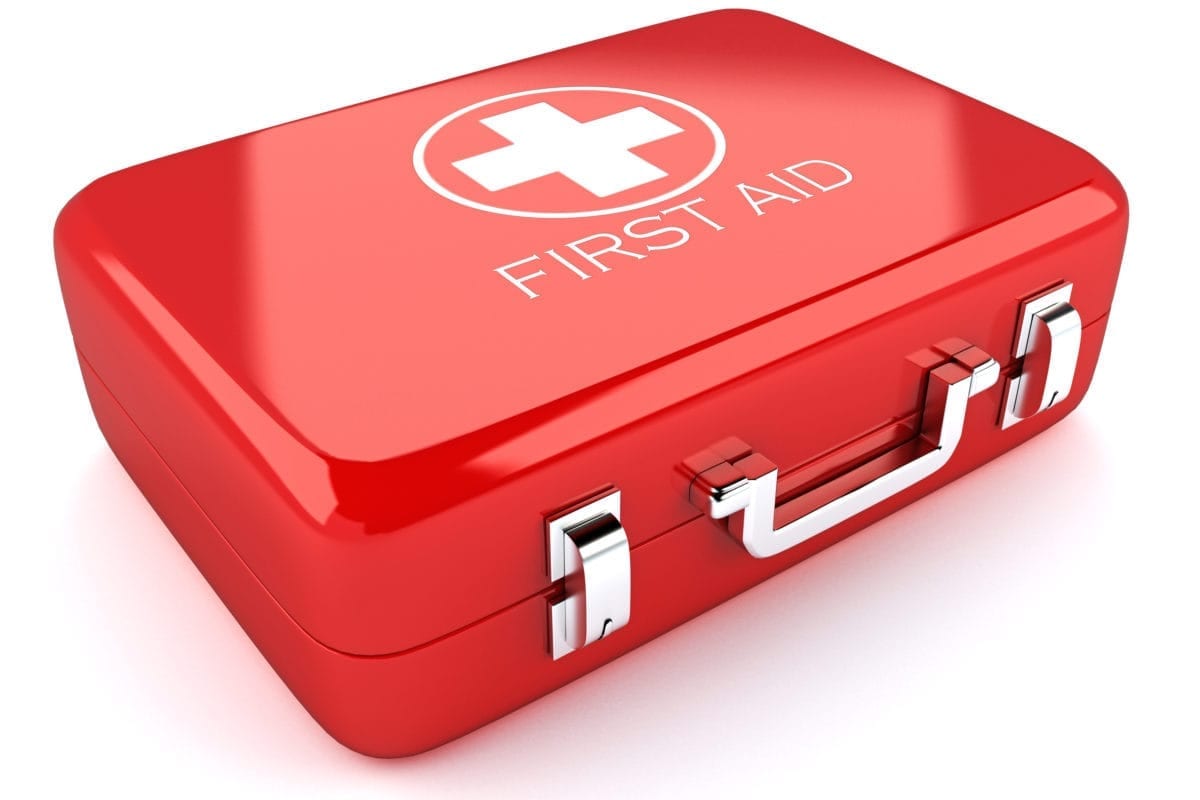
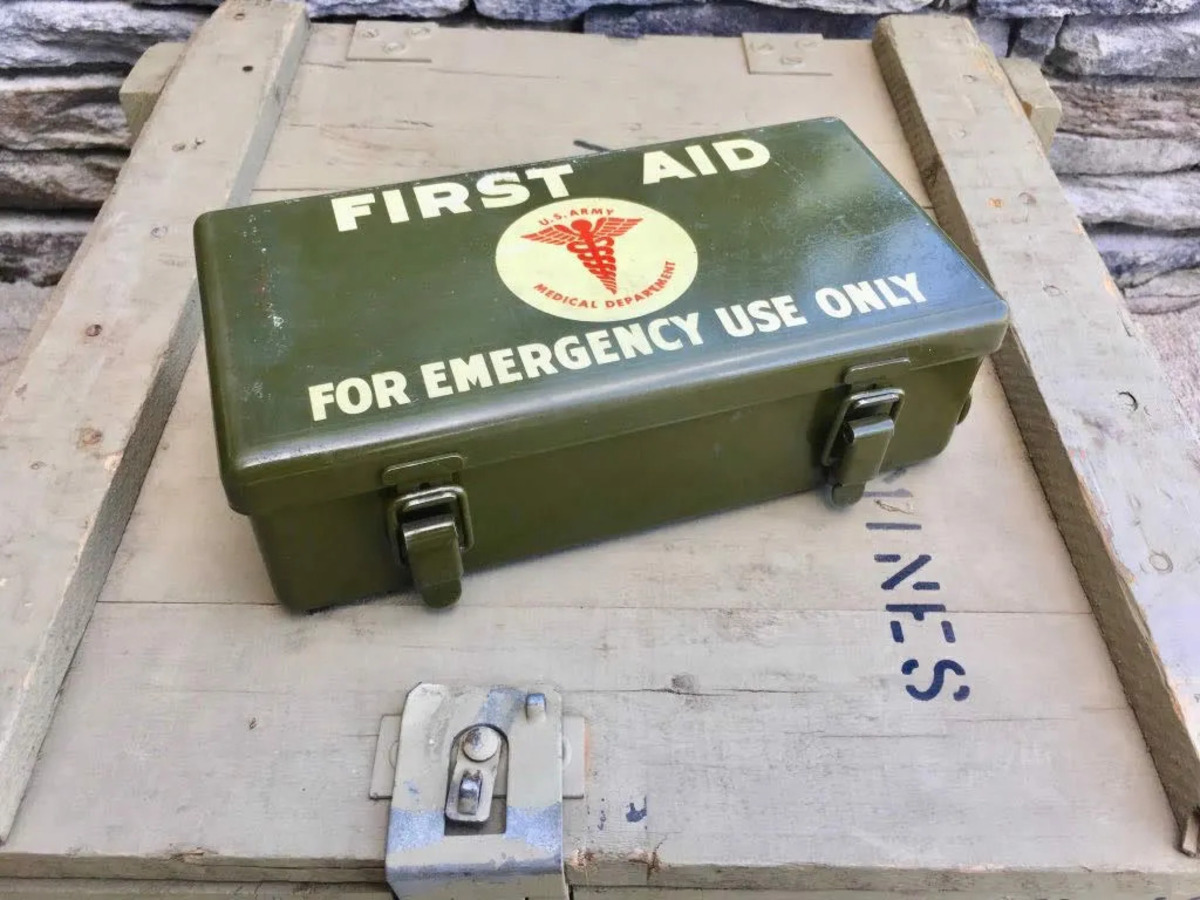
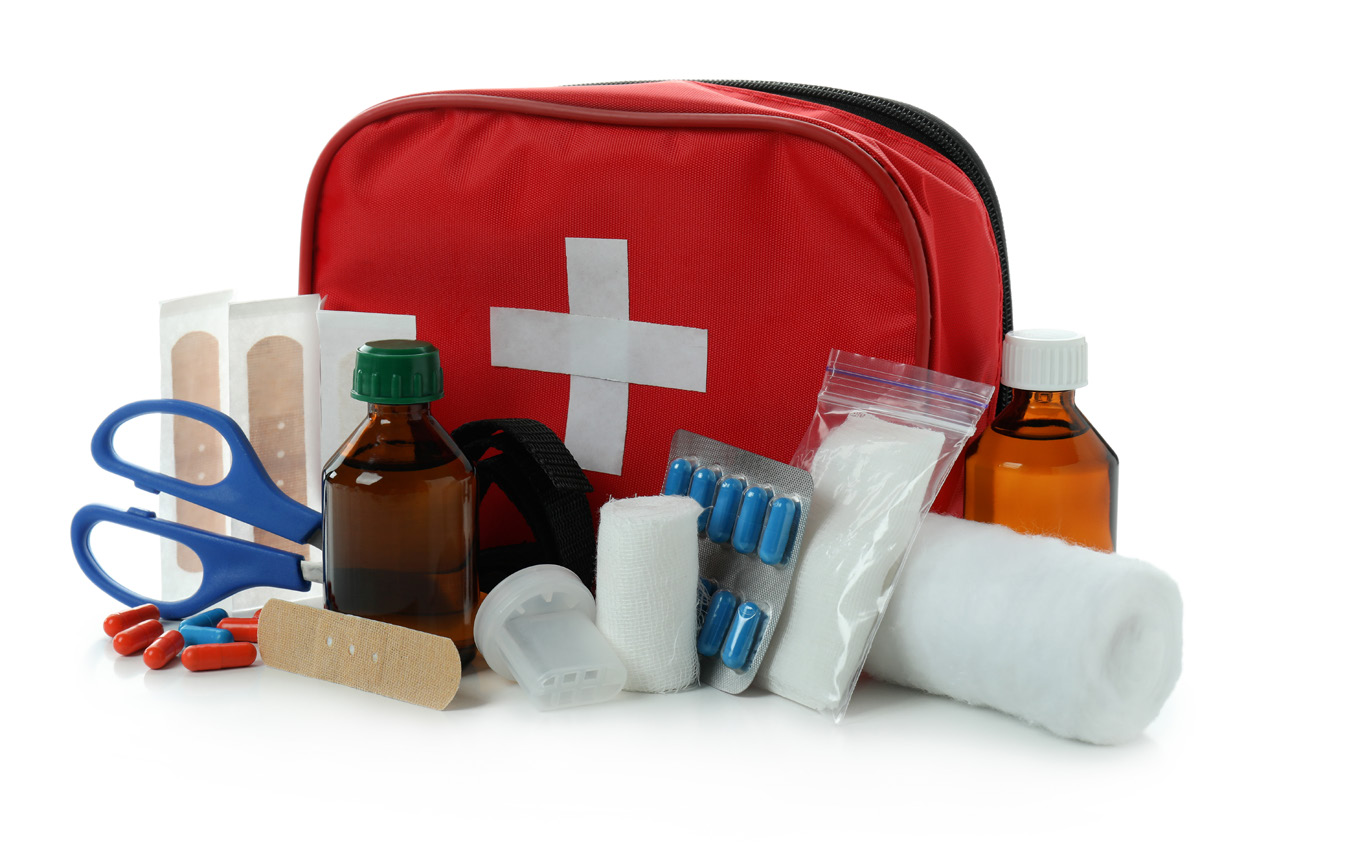
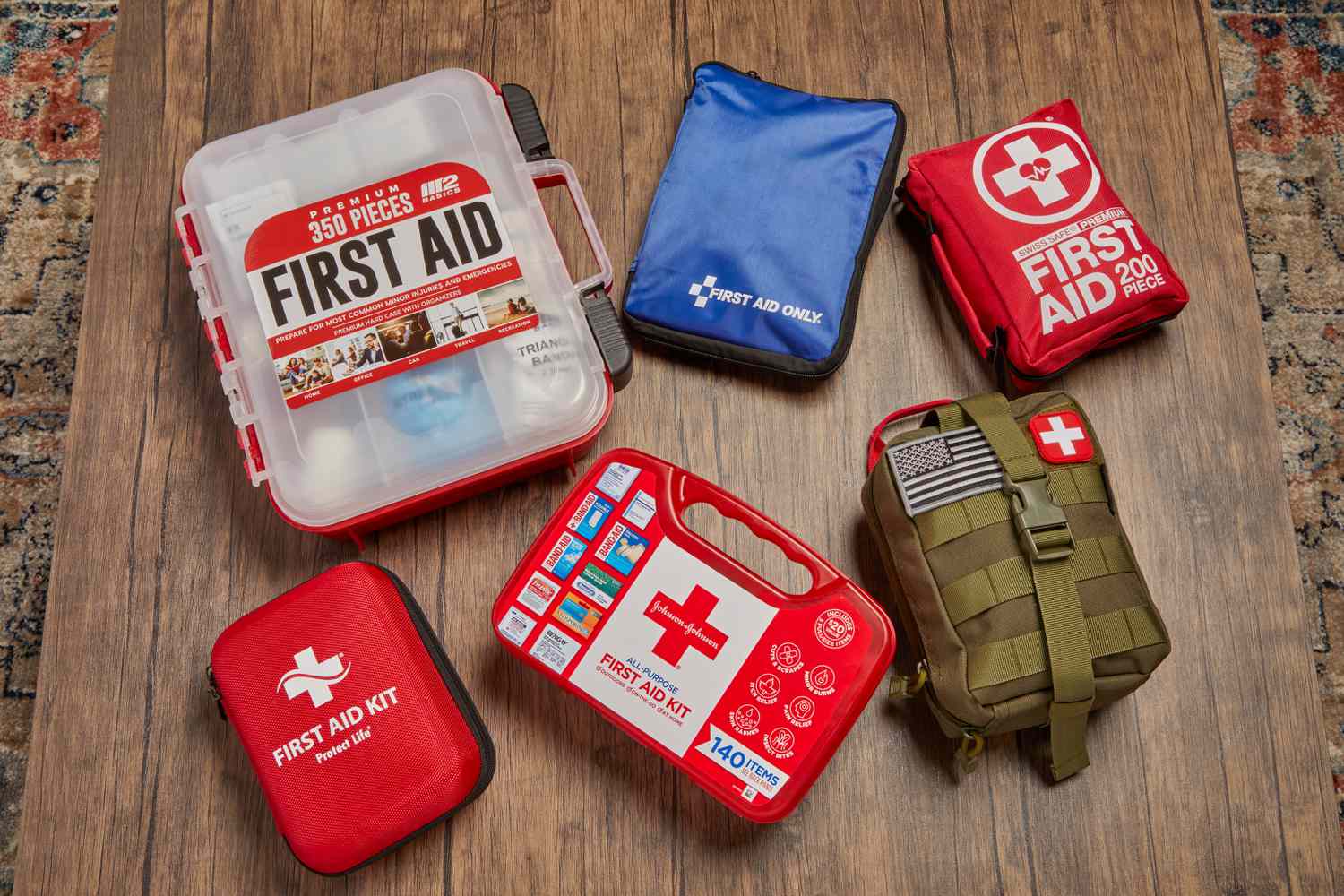
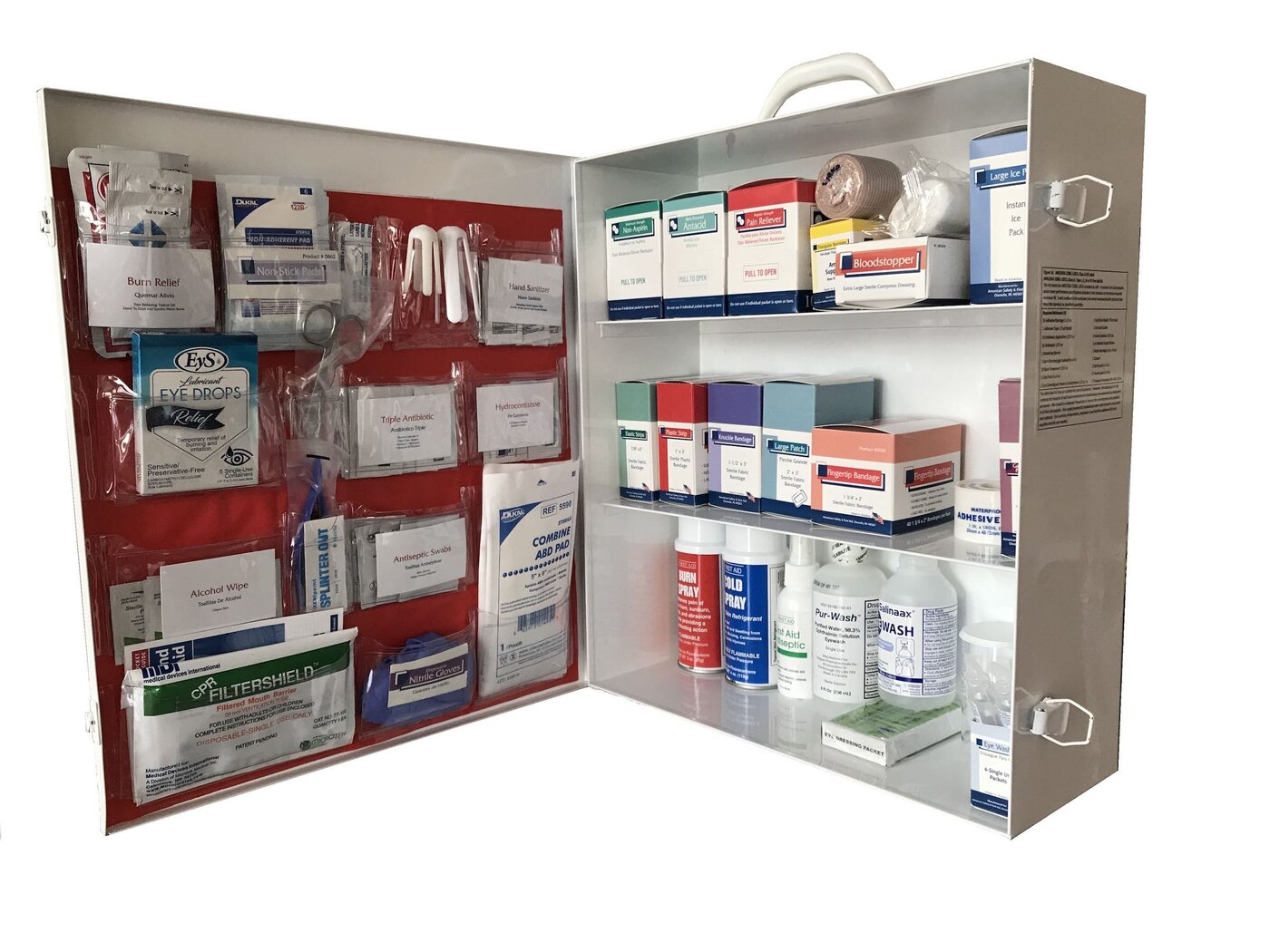
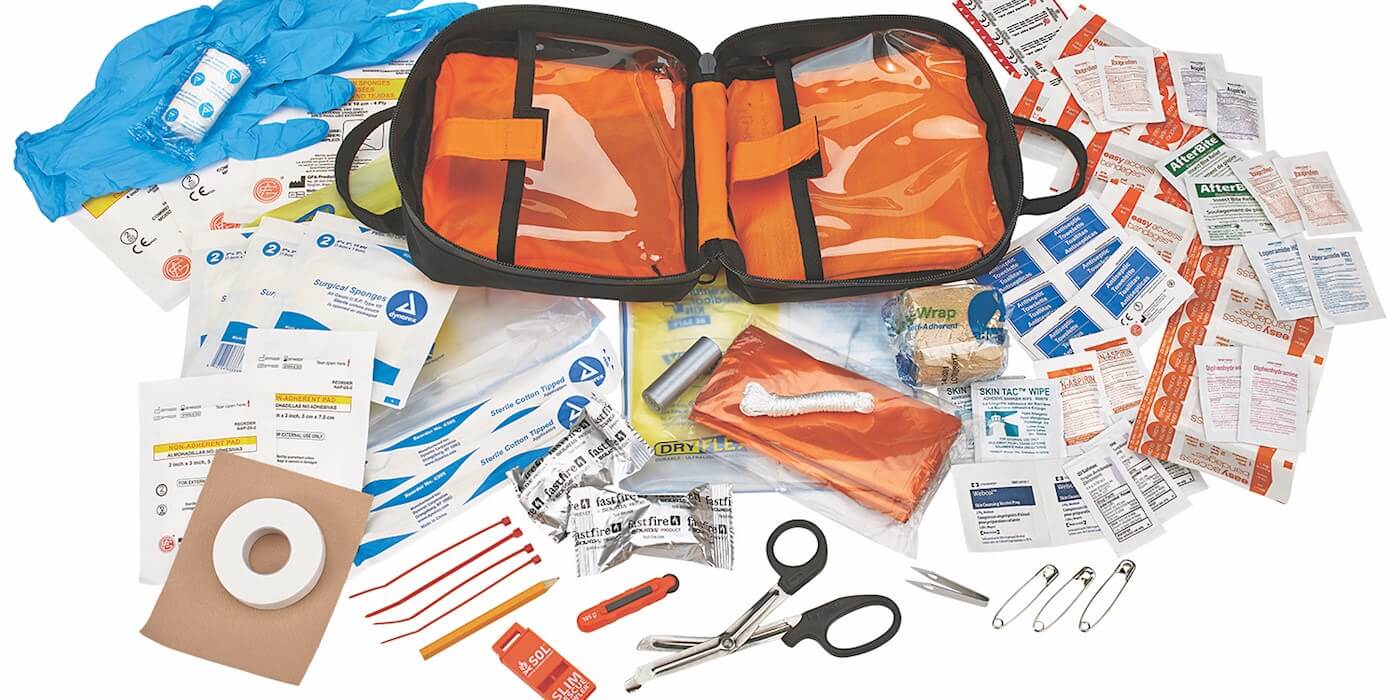
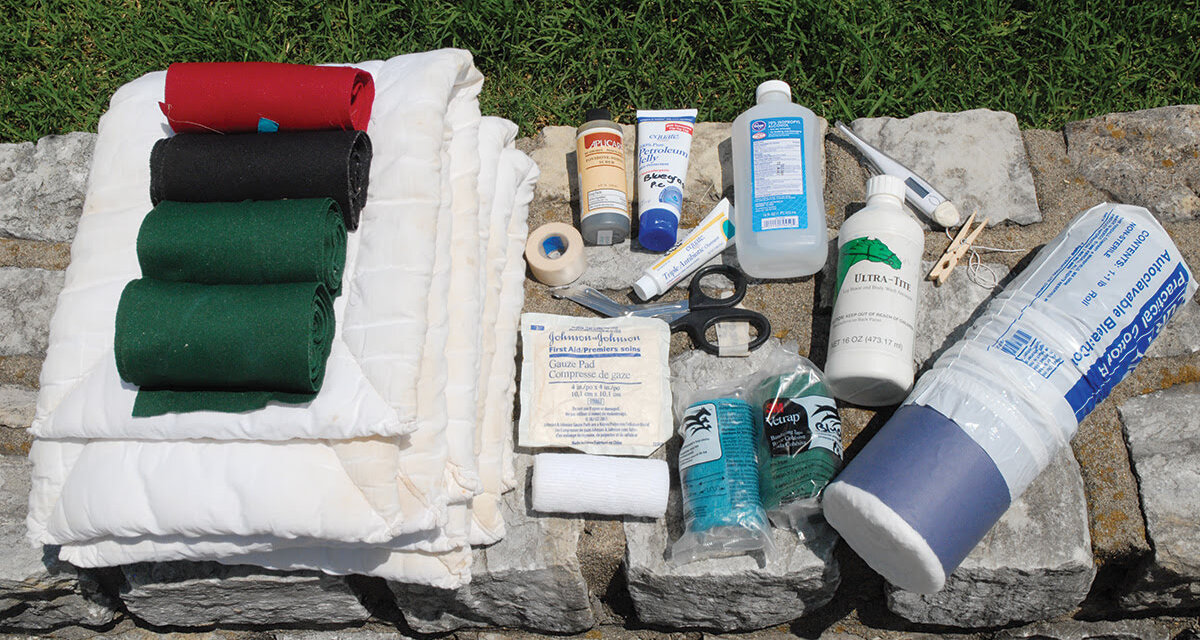
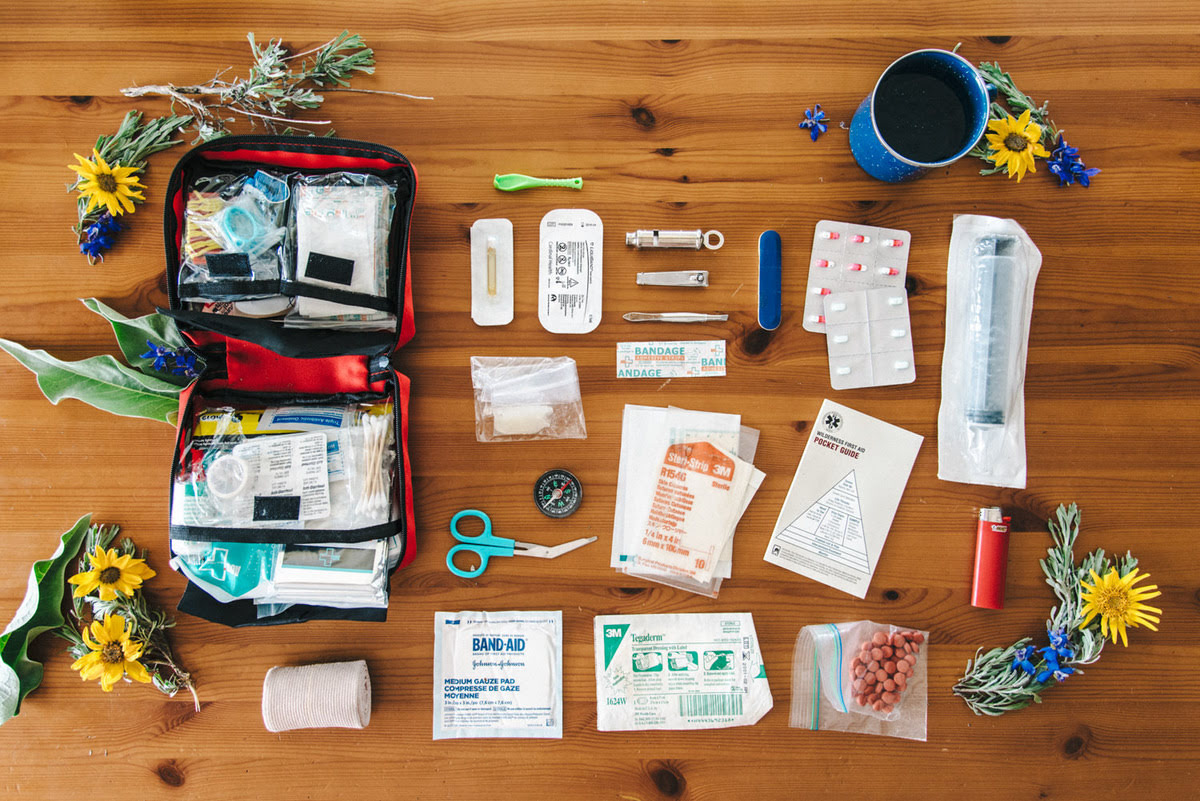
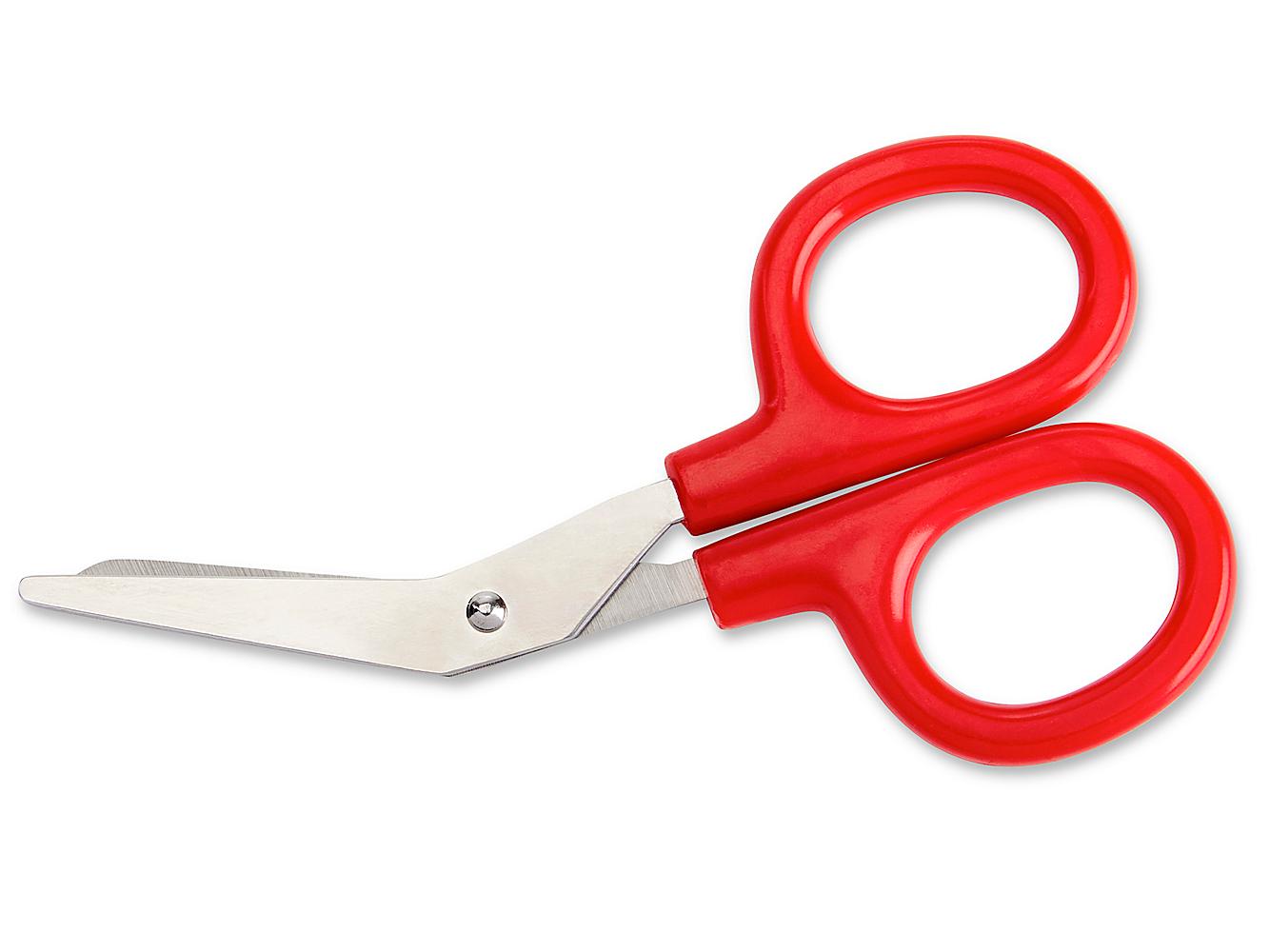
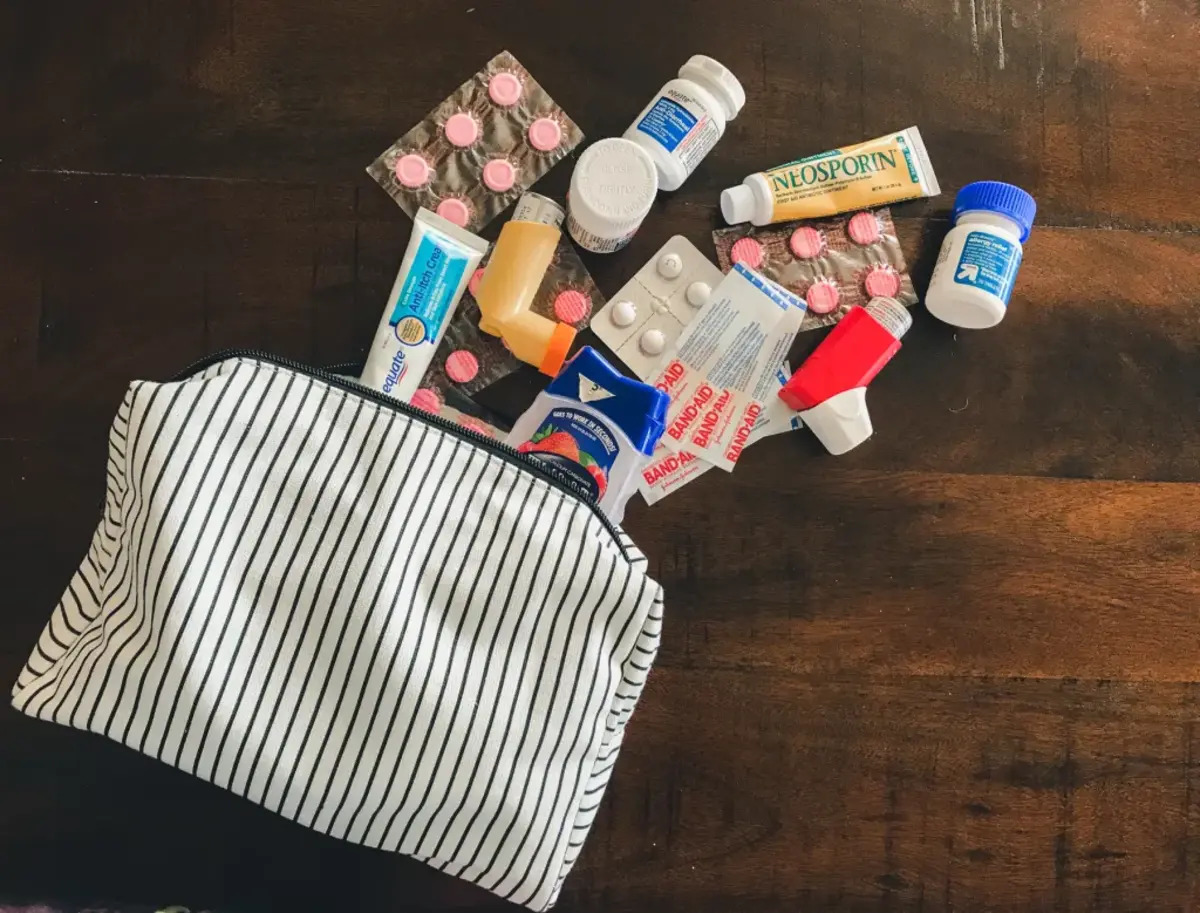
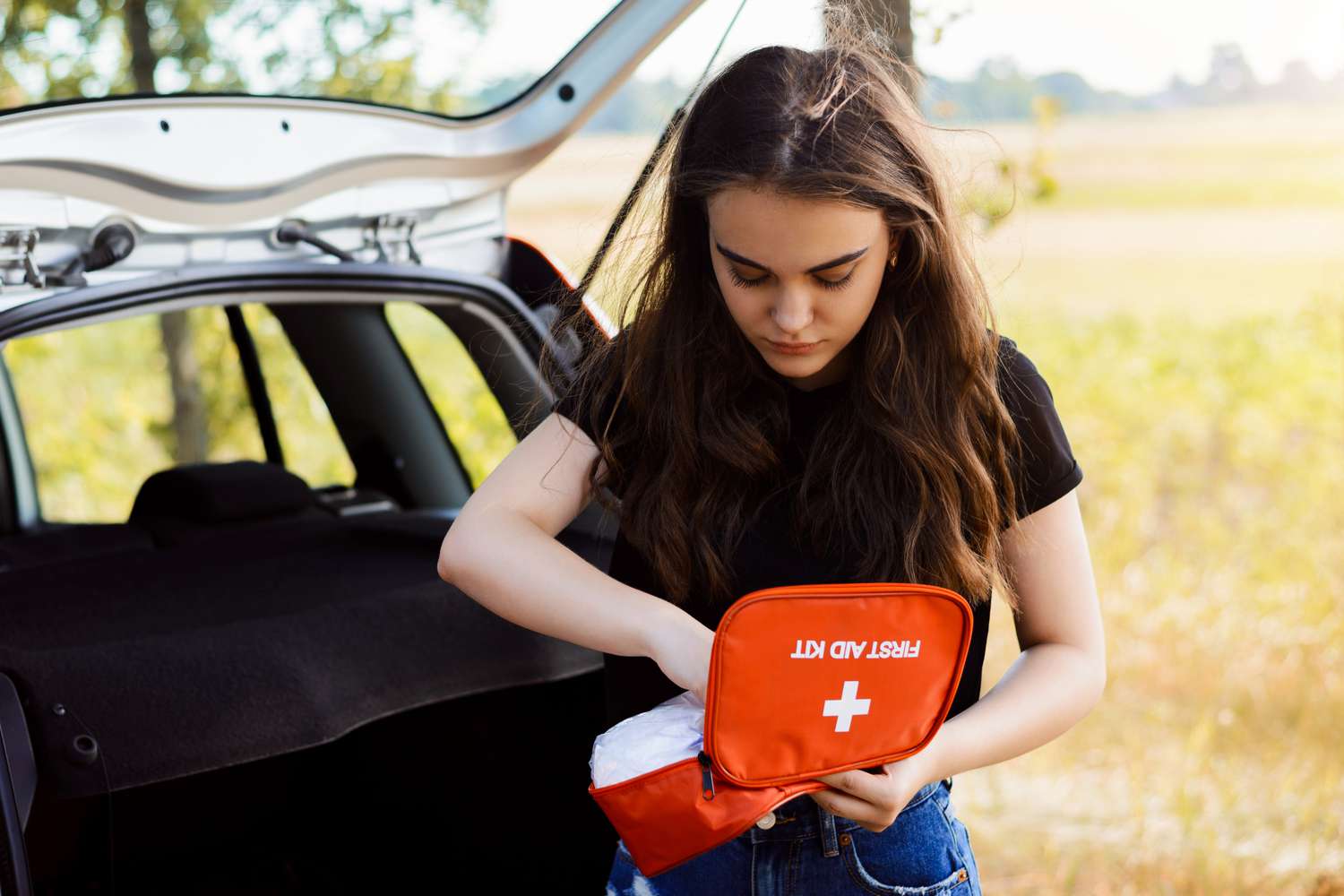
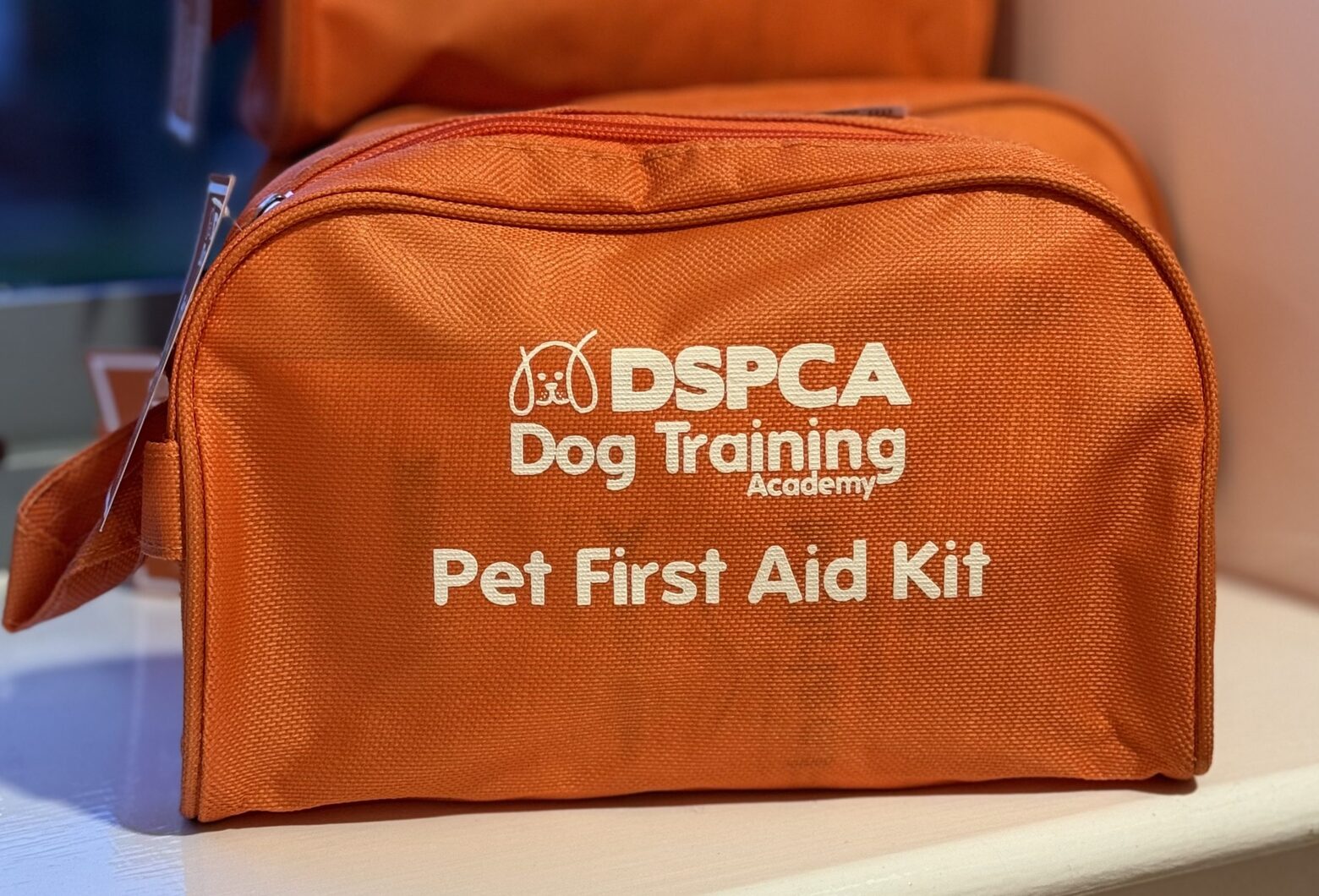

0 thoughts on “How To Treat A Wound Without A First Aid Kit”